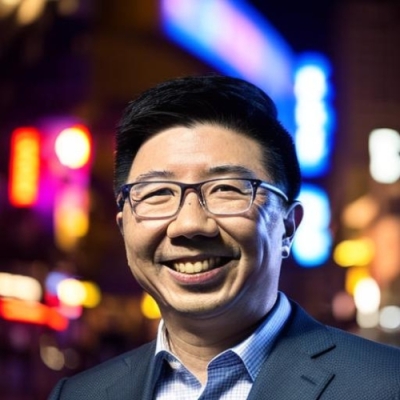I recently returned from the Policy Innovators in Education (PIE) Network Summit in New Orleans. PIE occupies a unique space within the education reform community, bringing together policymakers and advocates to explore common ground—embracing a range of ideological and partisan differences in pursuit of educational equity and excellence. I always look forward to its eclectic mix of ideas, participants, and speakers. This year’s event featured Louisiana State Superintendent John White.
There are few public officials today as respected and admired as White is within education reform circles. I first met him in Indianapolis in 2012, shortly before he was tapped for his current role, which feels like a lifetime ago in education reform years. White has lasted far longer than most of his contemporaries; his time in office has been instructive because education often doesn’t deliver the instant results that politics demands.
White’s remarks in New Orleans offered a reflection on his tenure as well as a renewed challenge: how to keep the country focused on improving education for all students and keep the ed reform policy discussion fresh and relevant. The question of relevance is not trivial, given today’s hyperpolarized environment and the tribal identities that are increasingly shaping our debates. The reluctance of politicians to substantively engage on education is surely tied to the bruising battles that have been waged, as well as the many distractions that have made it more difficult to keep education reform in the spotlight.
The flight of politicians—as evidenced by the upcoming gubernatorial elections—from our issue isn’t the only cause for concern. A huge question we have before us is how to talk about the importance of shifting our policy priorities while also holding onto the reforms that have led to success over the last decade. In the meantime, education reform’s orphaned status—what White decries as consignment to a back-page issue—is music to the ears of those eager to write education reform’s epitaph.
When I was in Indiana, at a time of far greater bipartisan alignment on education issues, a Democratic controlled federal government stood shoulder-to-shoulder with our GOP-led state education agency on reforms regarding teacher quality, school turnaround, and charter schools—which we valued—but they were noticeably absent when it came to our efforts on collective bargaining and school vouchers. Some might recall that we took a hard line when the feds resisted our Race to the Top application. Internally, we had a few choice words for our friends in Washington, D.C., but any differences paled in comparison to the shared aims that allowed us to keep our arms locked.
Fast forward to today, and White is exactly right when he laments that politicians—if they attend at all to education—are often only interested in “thin solutions.” In White’s estimation, these tend to deal specifically with either postsecondary education or early childhood. The policy real estate in the middle—where grand education bargains have previously been forged—is rapidly shrinking. Moreover, there’s hardly much incentive to stay in the middle for fear of being squashed like a grape. It’s an unfortunate dynamic that undermines the compromise and coalition-building necessary to help solve education’s long-standing problems.
White argues that today’s divided politics have made education reform a far less attractive issue—especially to the next generation of policymakers and advocates— because there are no easy fixes. Something has to change, but I’m not sure—as White posits—that the answer lies in new ideas. As we learned from the last wave of reforms, they are too quickly discarded as tired and ineffective. There’s also the tendency to get distracted by ideas that divide us rather than those that might unite us. Of the few areas that enjoy greater bipartisan accord (e.g., career and technical education), it’s unclear whether they hold the most potential for all of us reformers—left, right, and center—to rally around or if they can lead to meaningful systemic improvement.
No, if anything, the answer has more to do with educating parents, media, and community members about the need to continue building upon the success we have had. Hard issues like literacy or the achievement gap—important topics that previously energized our movement—have yet to be solved, but have yielded valuable lessons. Sadly, that has never been an exciting space for politicians running for office. Yet, it is the very reason organizations like the PIE Network exist. My hope is that policymakers and advocates shoulder additional responsibility in re-elevating ed reform’s primacy, but they must also be willing to put their differences aside to do so.
It’s a hard ask, especially with the leadership vacuum that has led to the collapse of the bipartisan education reform agenda. And it’s been unnerving to watch advocates split hairs with (or pounce upon) one another rather than using this energy in more productive ways. Yet in spite of this noise, all of the conversations I had in New Orleans have me convinced that our community is far less splintered than popularly believed. Reform can get its mojo back, but it won’t be easy. The first step is remembering when and why each of us decided to dedicate our lives to this issue, and rediscovering our shared commitment to vanquishing educational mediocrity.

